
5 ways that AI is helping to save the Planet
Love it or hate it, there is no denying that artificial intelligence (AI) –systems or machines that perform tasks traditionally done using human intelligence, and can learn and improve themselves over time based on collected information– is playing an ever-bigger role in our lives and societies. Able to solve problems and perform functions much faster and more efficiently than traditional means, AI is now used in all sorts of sectors for all sorts of tasks, from helping to diagnose cancer early, to preventing credit card fraud, to deciding what goes in your Netflix queue.
Now, environmentalists are hoping that it can also help save the planet.
With the state of our environment deteriorating at an ever-greater rate, there has never been more of a need for more efficient conservation. As several of the limitations of conservation stem from the limitations of manual data collection, AI could represent a powerful means to speed up and streamline this process, potentially giving us an ability to protect the planet that we could only have dreamed of before. In fact, a recent report by Wildlabs.net listed AI as one of three technologies with the greatest capacity to advance conservation.
WELL, here are 5 ways in which AI is already being used to help protect species and habitats.
Aid Biodiversity Monitoring
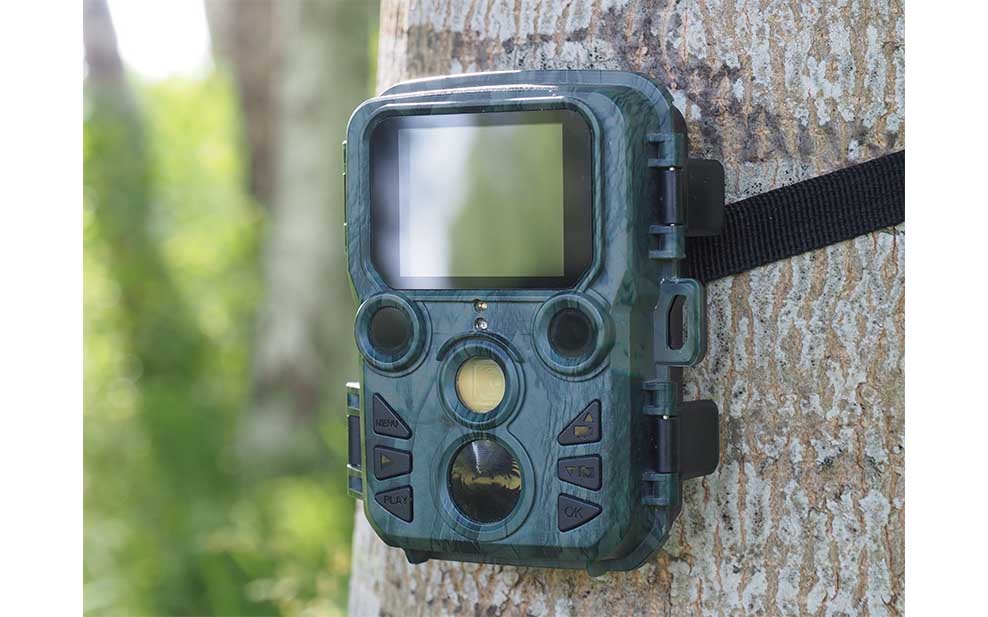
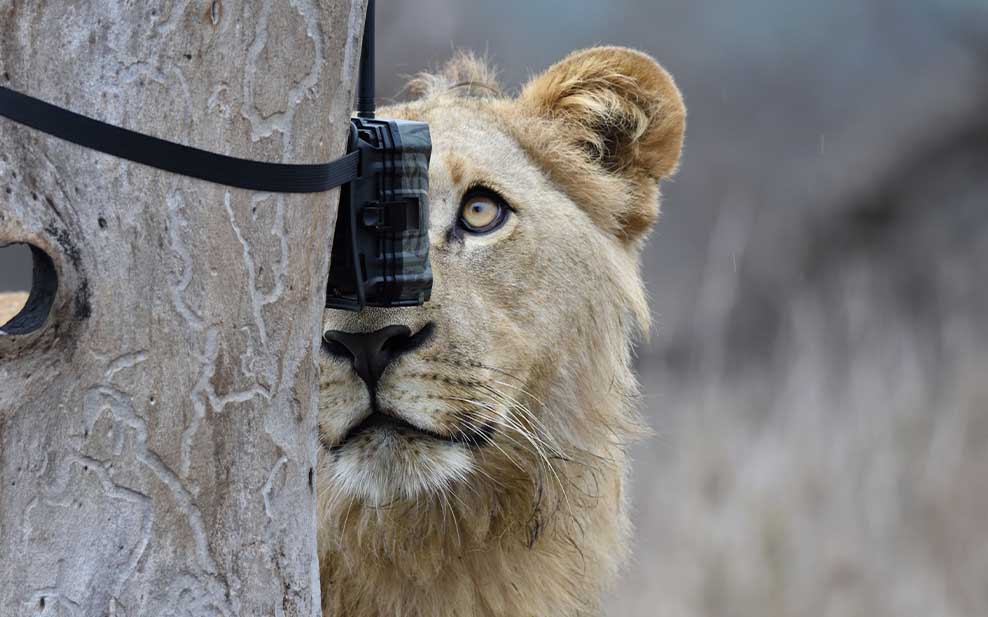
Monitoring and quantifying an area’s biodiversity are key prerequisites to conserving it, and one of the most common means of doing this is through the use of automated camera traps. However, this method creates millions of photos –some of which may not even be of wildlife– which then need to be sorted and identified according to species. Doing this manually could take months or even years, which is time that rapidly disappearing species and habitats can ill afford.
AI image classification algorithms can make all the difference to this process by rapidly analysing photos in a fraction of the time. One example of this is Mbaza AI, which can classify up to 3000 images per hour with an accuracy of 96%. This has allowed conservationists in Gabon to rapidly analyse tens of thousands of photos across 7500 square kilometres of rainforest, allowing them to quickly identify and respond to threats to biodiversity.
Protecting Rhinos
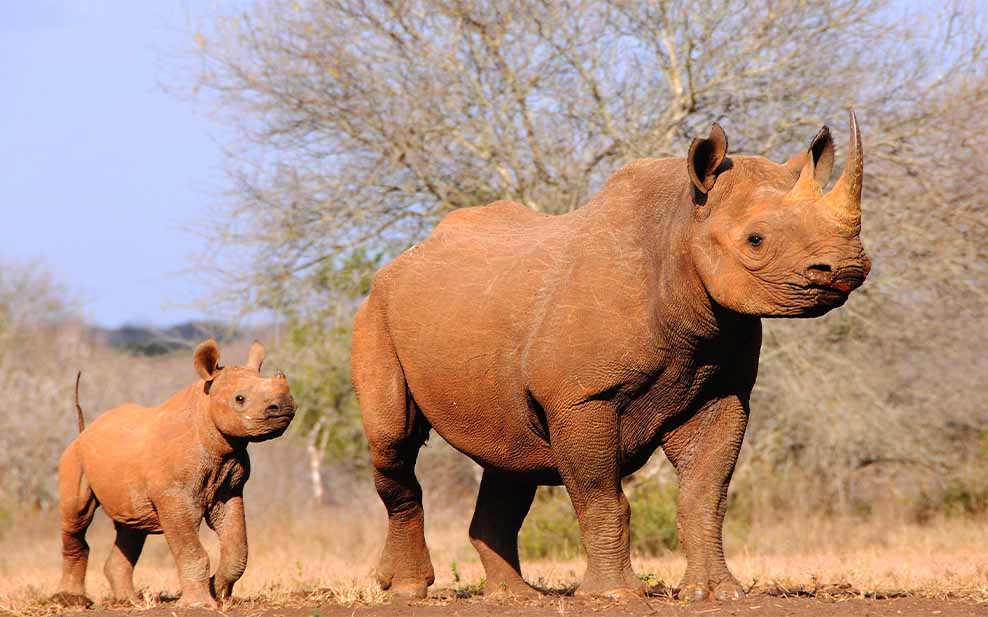
You might not think that an ankle bracelet could do much to help endangered species. But in fact, something like this could very well help to safeguard Africa’s remaining rhinos from the poaching that continues to devastate their numbers.
Rouxcel Technology, a South African conservation tech company, has invented AI-enabled collars and ankle bracelets especially for rhinos. The purpose of these is to track their movements and collect data on their behaviours in real time. If abnormal movement or behaviour is detected, it could indicate that the rhino is stressed because of poachers nearby. In this case, the AI will send out an alert for rangers on the ground to investigate and prevent poaching before it can occur.
Tracking Coral Bleaching
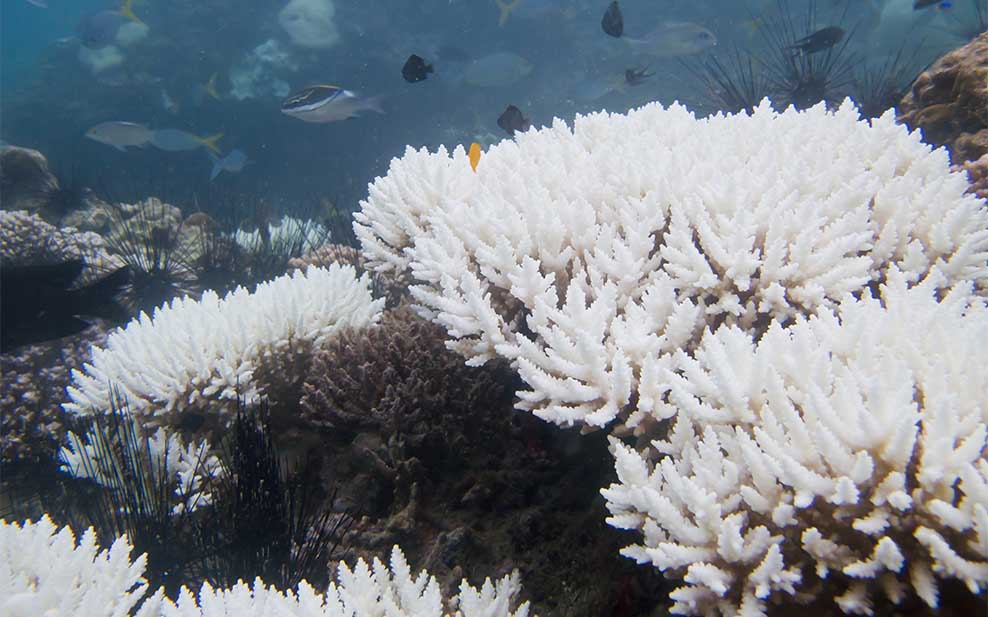
While we may hear a lot about the mass coral bleachings that are becoming increasingly common in an ever-warming ocean, we still don’t completely understand the full scale and severity of the problem. Obtaining that knowledge requires detailed mapping of individual reefs and the geographic extent of bleaching events, which in many places is prohibitively time and resource consuming to do manually, not least because there are only so many researchers who know how to do it.
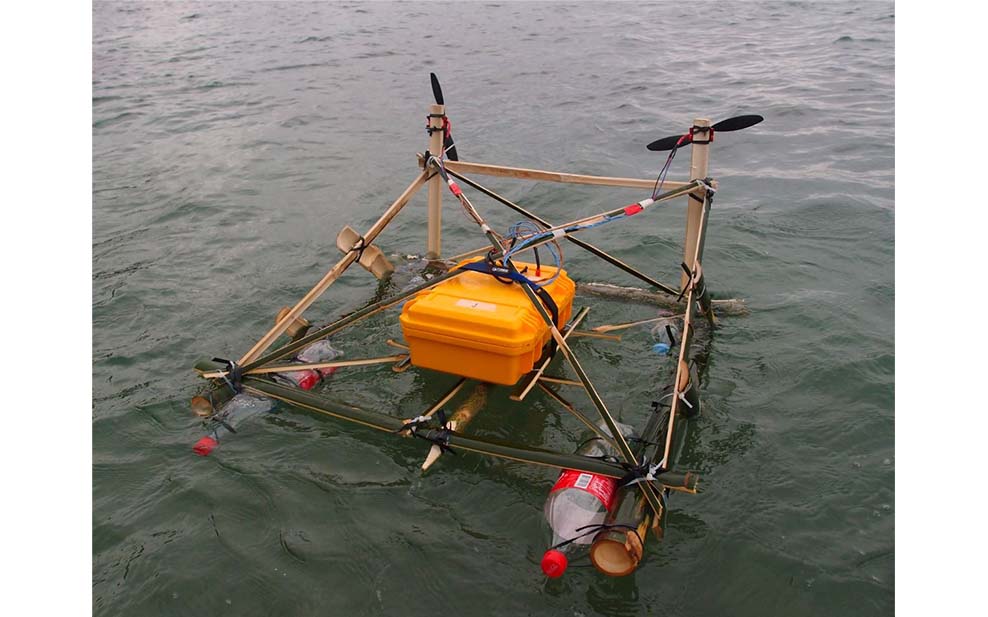
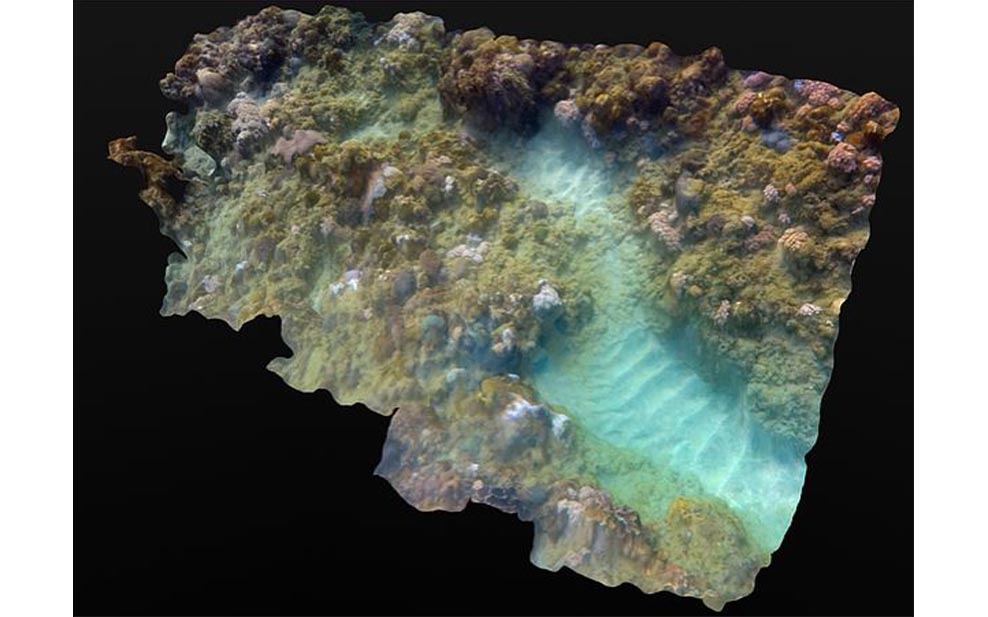
Fortunately, AI offers some promise for mapping these reefs at relatively low financial and manpower costs. For instance, the Mindorobot – co-invented by Hong Kong-based inventor, Sidhant Gupta and environmentalist, Cesar Harada, in Mindoro in the Philippines– is a floating, remote-controlled robot that scans and photographs coral reefs in the detail needed to monitor bleaching should it happen. It is also easy to assemble and requires little manpower to operate. On a bigger scale, researchers at Arizona State University have used AI to monitor satellite images to create detailed maps of shallow coral reefs around the world.
Preventing Deforestation
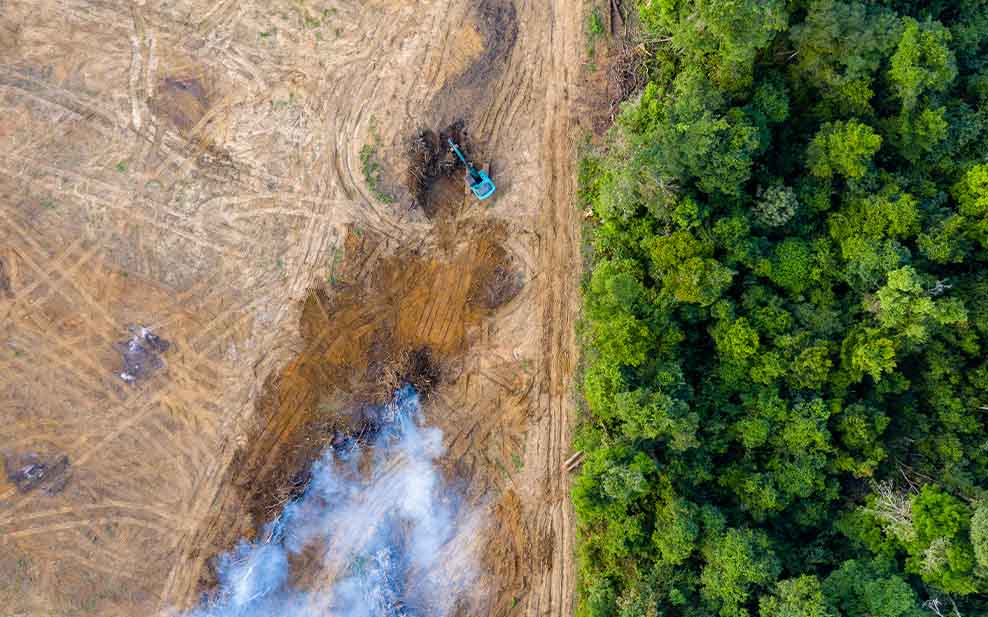
With rampant deforestation threatening to destroy our biggest natural ally against the climate crisis, it is urgent that we crack down on the perpetrators of this destruction on the ground. Unfortunately, illegal loggers are typically only caught after they have already felled large swathes of forest (if they are caught at all). But what if we could stop deforestation from happening in the first place, instead of simply prosecuting the perpetrators after the damage is done?
That is the purpose of several recent AI tools currently deployed or in development in tropical rainforest nations. The NGO Rainforest Connection uses acoustic devices that collect audio data in real time from the rainforest and alert authorities on the ground when they detect sounds linked to deforestation, like chainsaws. Another platform called PrevisIA (expected to be in use by late 2023) is designed to predict areas at risk of future deforestation in the Amazon by analysing deforestation data and the presence or absence of factors that facilitate it (e.g. illegal logger settlements). According to a recent report, pre-emptively stopping deforestation using AI could save about 29 gigatons of carbon emissions by 2030.
Tracking Water Loss
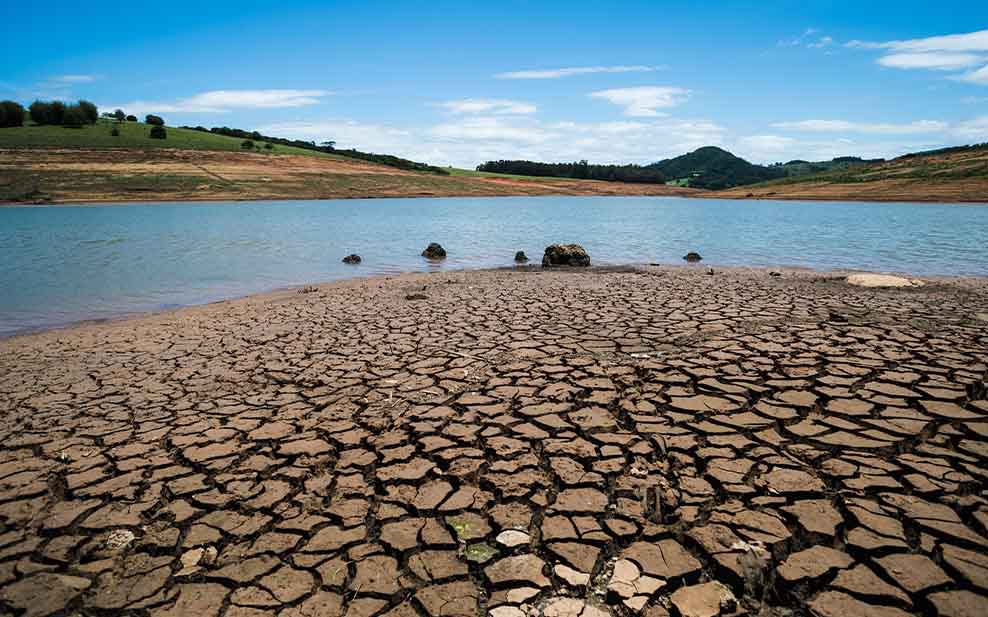
At a time when the UN is warning of an impending global water crisis, it is vital that we properly track the scale of freshwater loss in detail. Once again, AI can offer a helping hand.
In Brazil, where freshwater is under growing pressure from population growth, agriculture and climate change, AI was recently used to track changes in water body size across 8.5 million square kilometres by analysing satellite images from 1985 to 2020. What it found was that the country had lost over 15% of its surface water during that time, with the Brazilian section of the Pantanal wetland –home to over 4000 species– having lost 74% of its water. Without AI, the seriousness of this situation would likely never have been quantified, but now this data can be used to push for greater action to prevent further water loss.
Robots to the Rescue?
Before we decide we can sit back and let the robots and computers save the planet for us however, let us not forget that for all of its potential, even AI has its limitations and drawbacks.
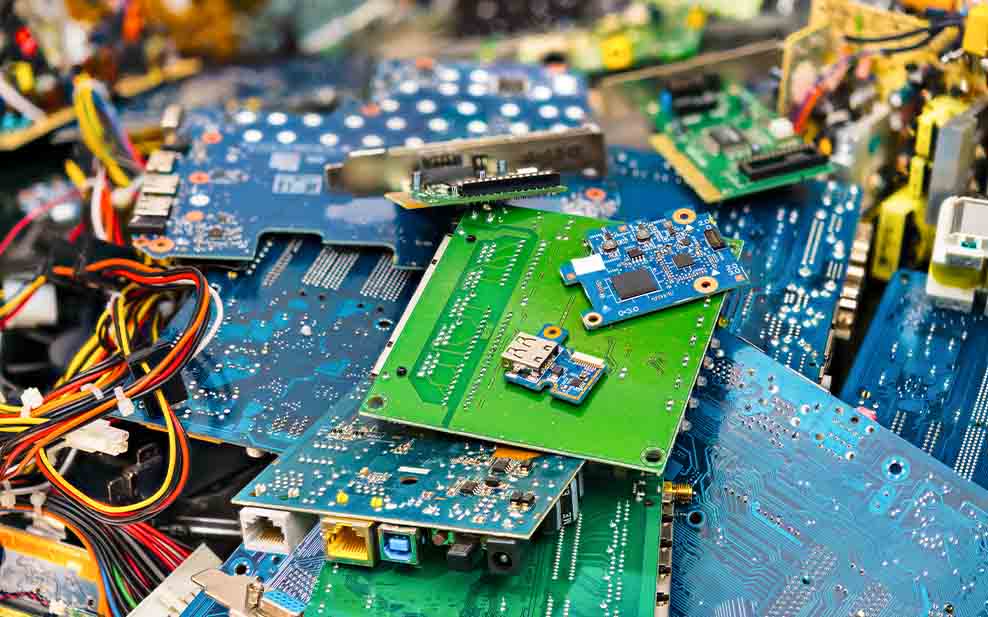
Perhaps the biggest thing to consider is the fact that AI comes with its own environmental costs. The machinery responsible for its computing power accounts for 3-4% of global carbon emissions and requires large volumes of water for cooling. Additionally, one must also consider the growing problem of e-waste, of which only 17.4% is currently recycled and disposed of responsibly, and is expected to grow to 74 million metric tonnes by 2030.
In order for AI to be the best it can at saving the planet, the technology behind it has to become more sustainable and better policies for e-waste disposal are needed. Moreover, if we are not generate so much e-waste to begin with, we should look at AI not as a fix-all to our environmental problems, but as one of several solutions to adopt alongside political reform and sustainable lifestyle changes.
Written exclusively for WELL, Magazine Asia by Thomas Gomersall

Thank you for reading this article from WELL, Magazine Asia. #LifeUnfiltered.
Connect with us on social media for daily news, competitions, and more.





